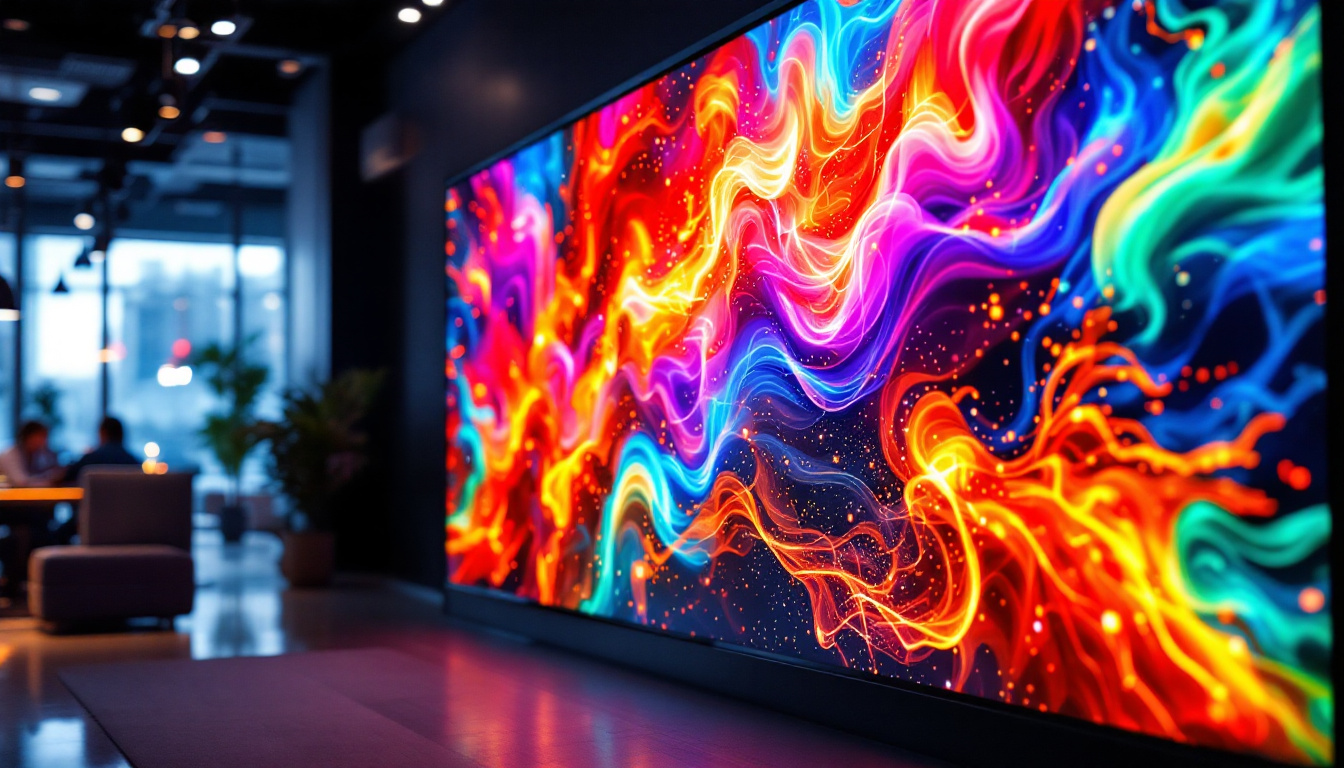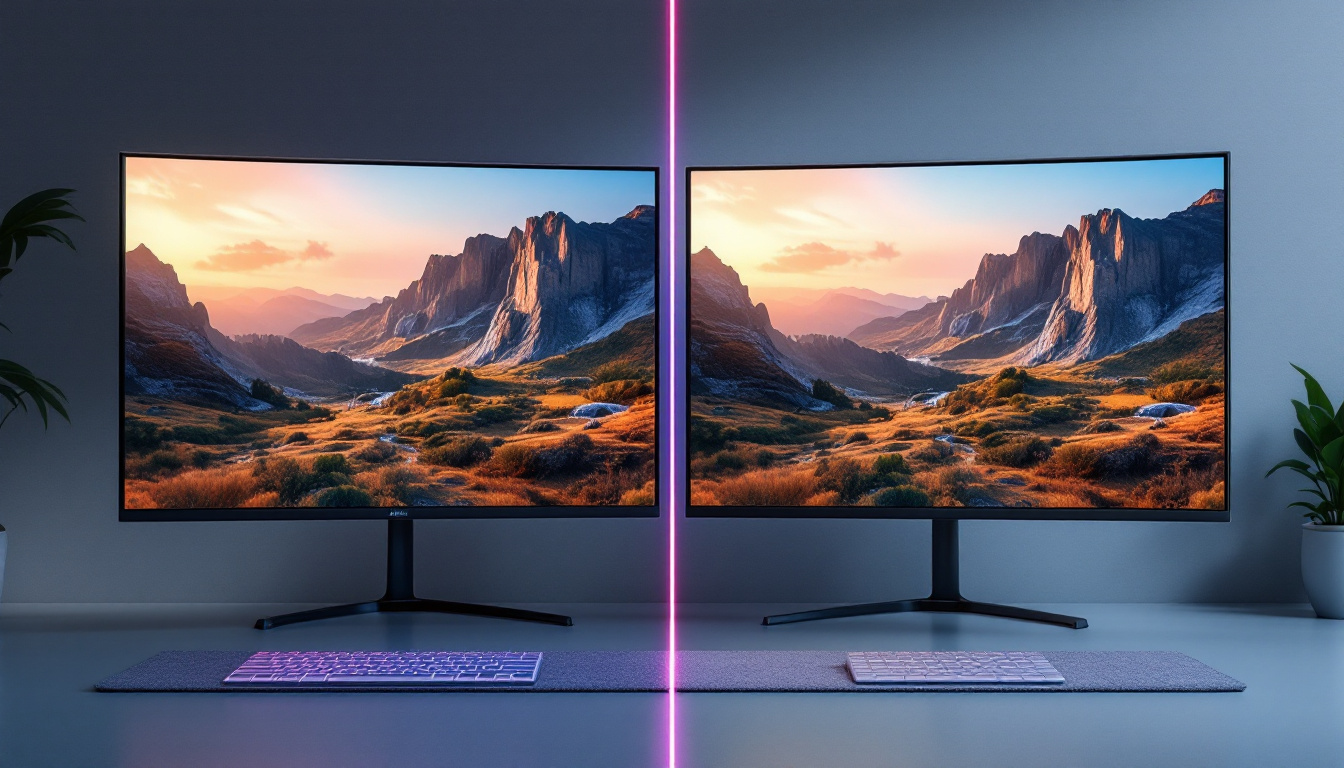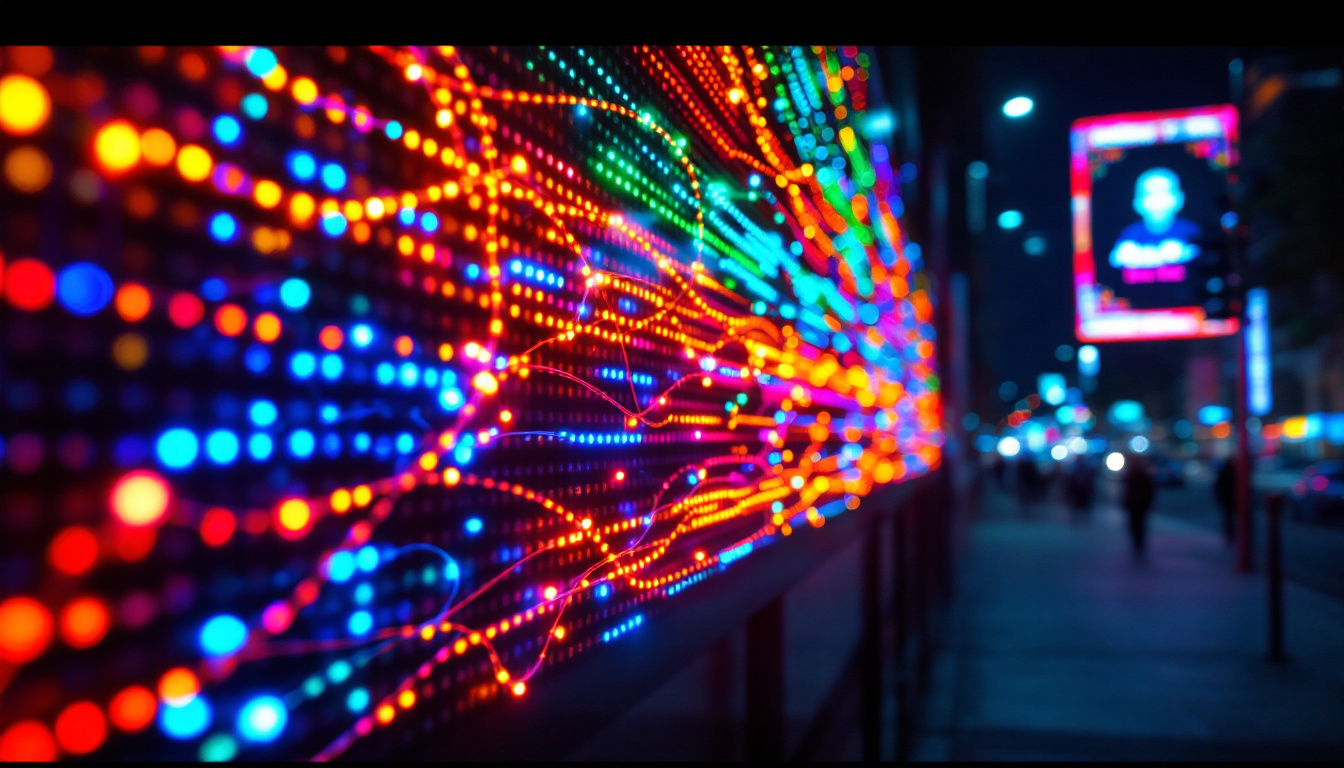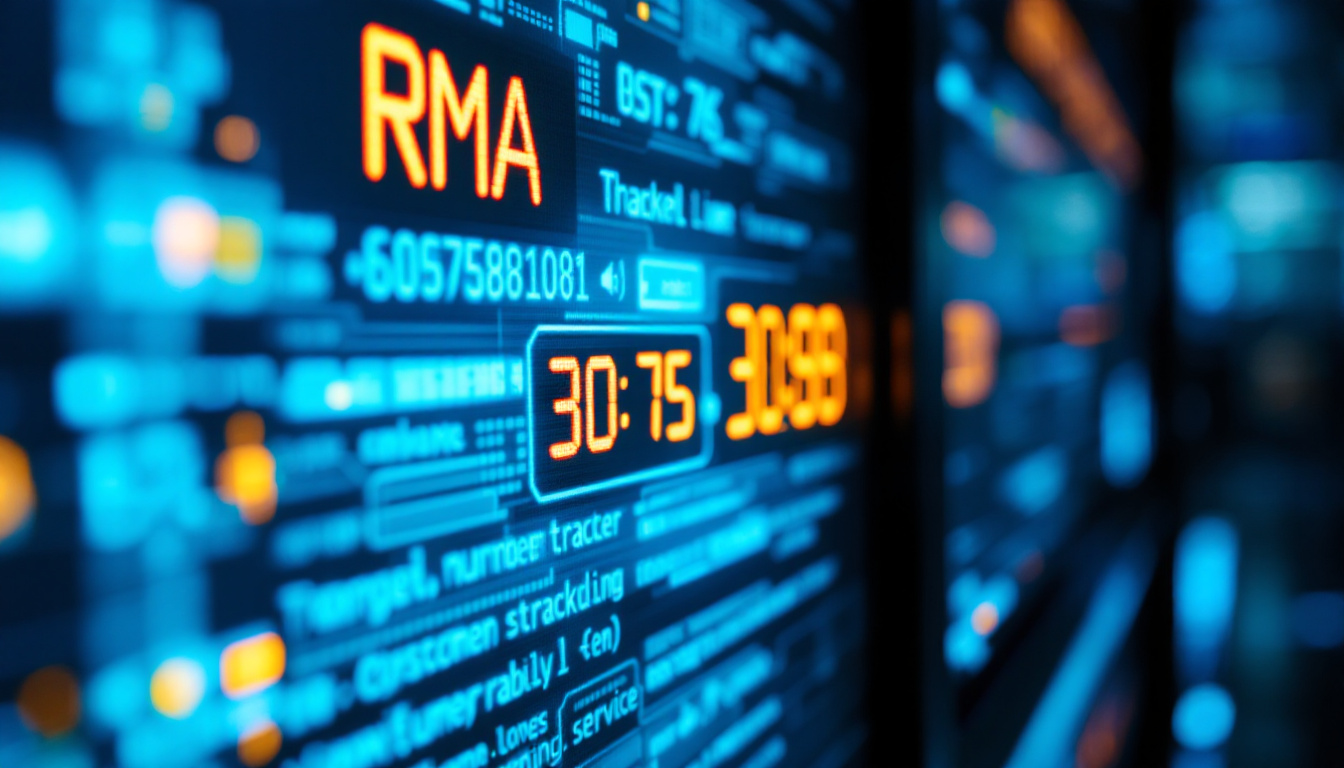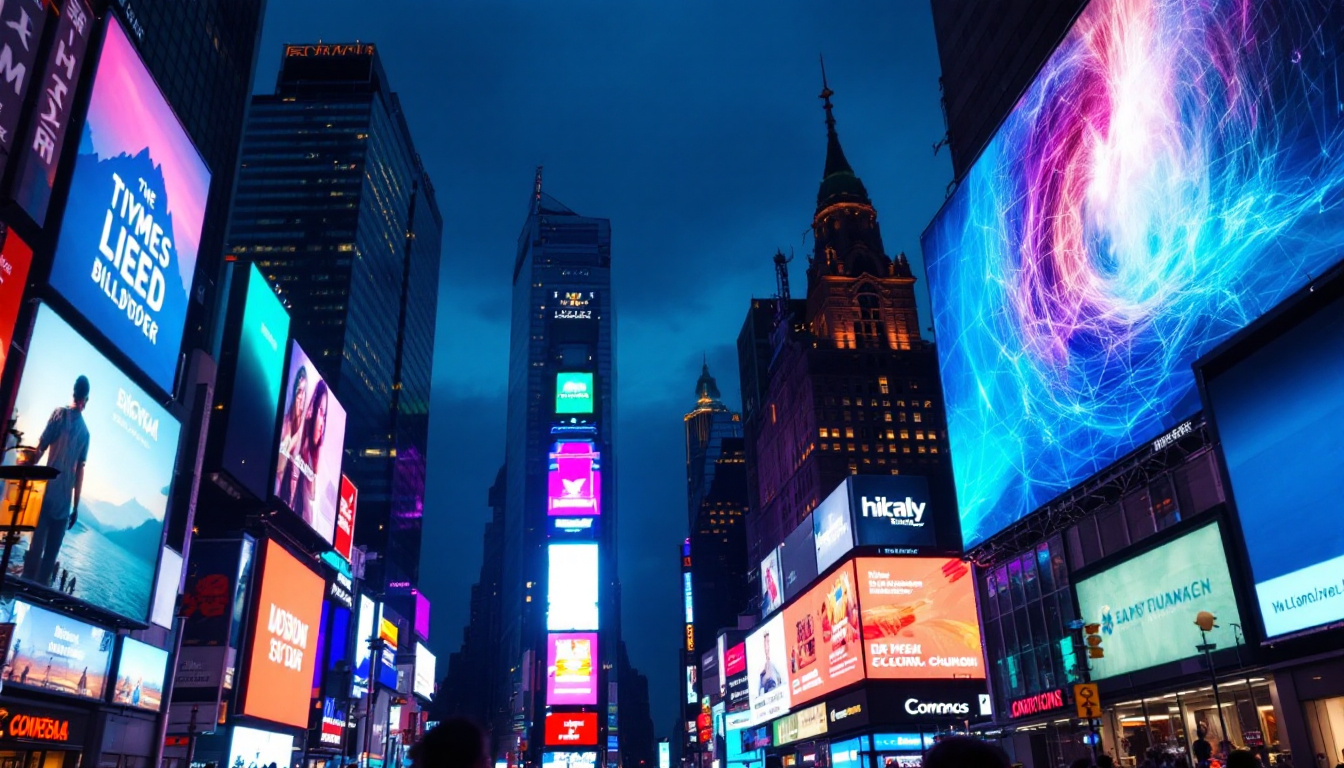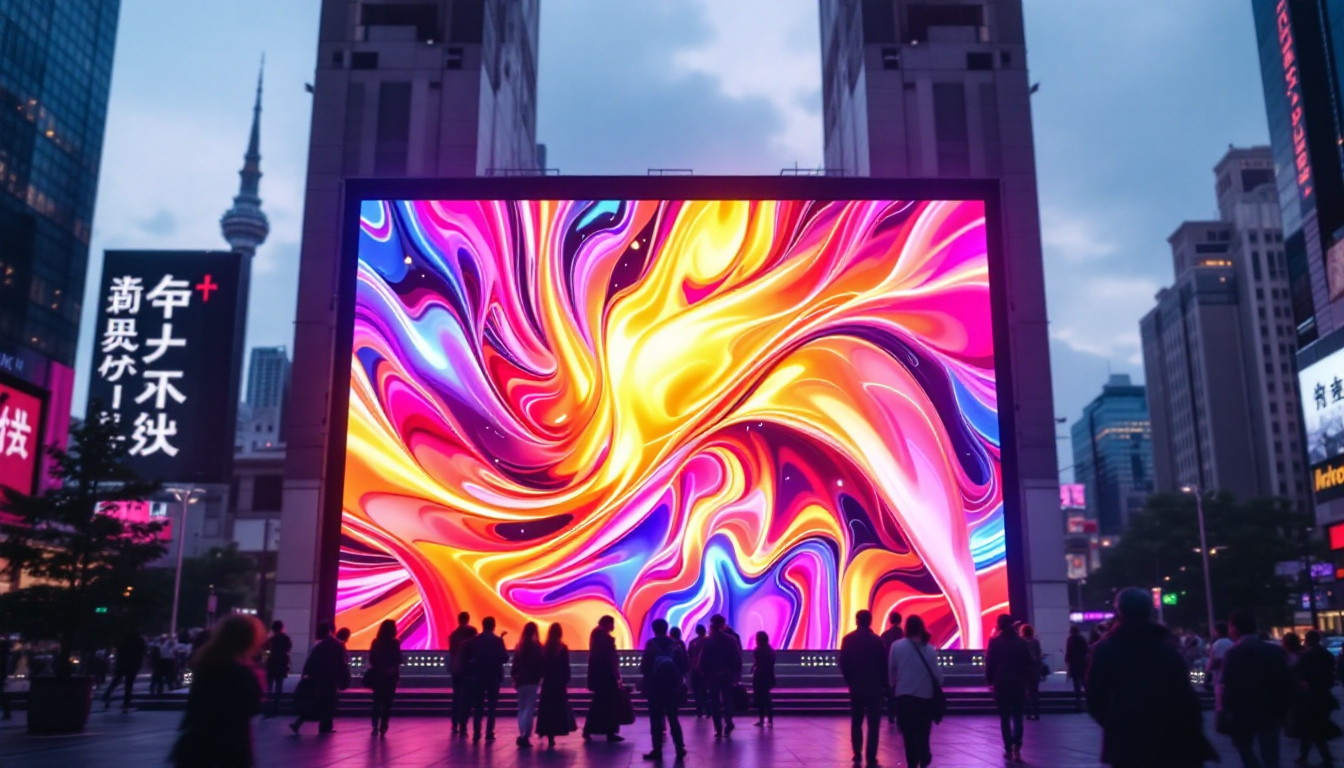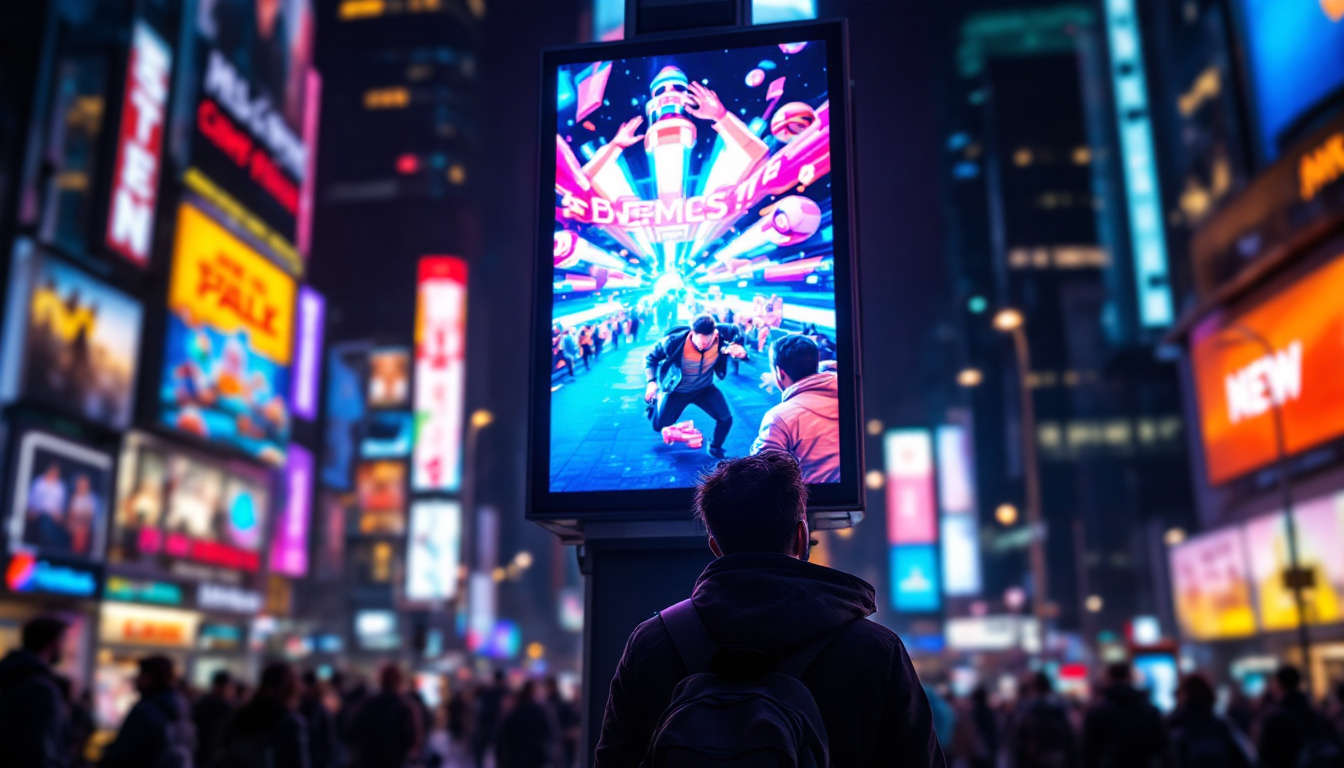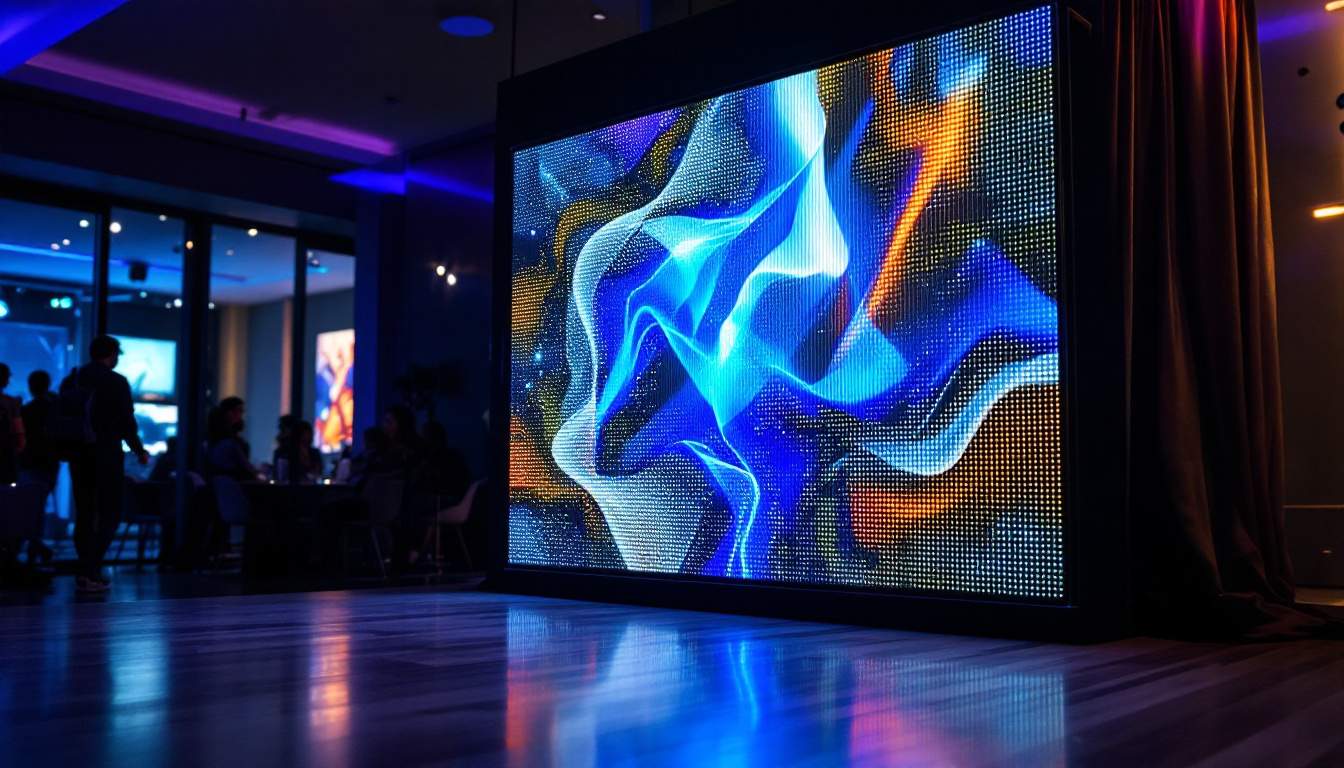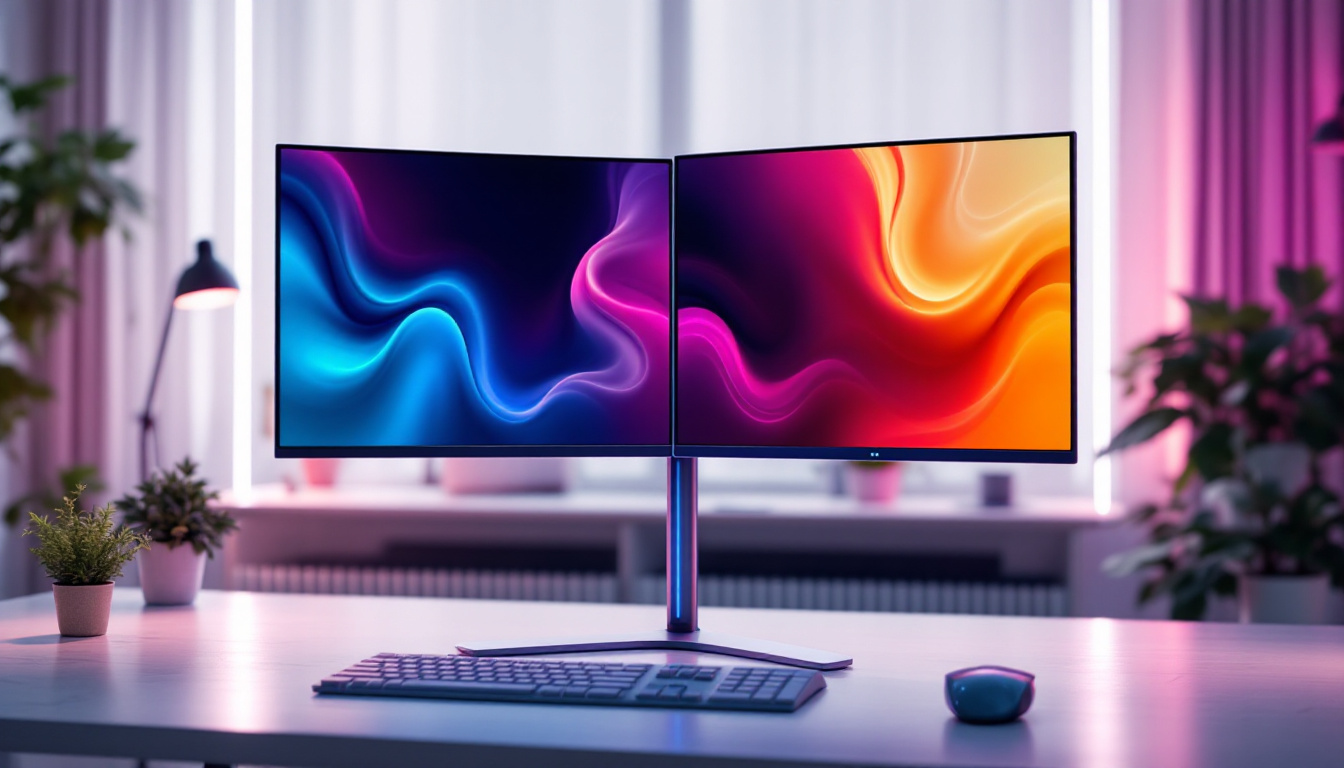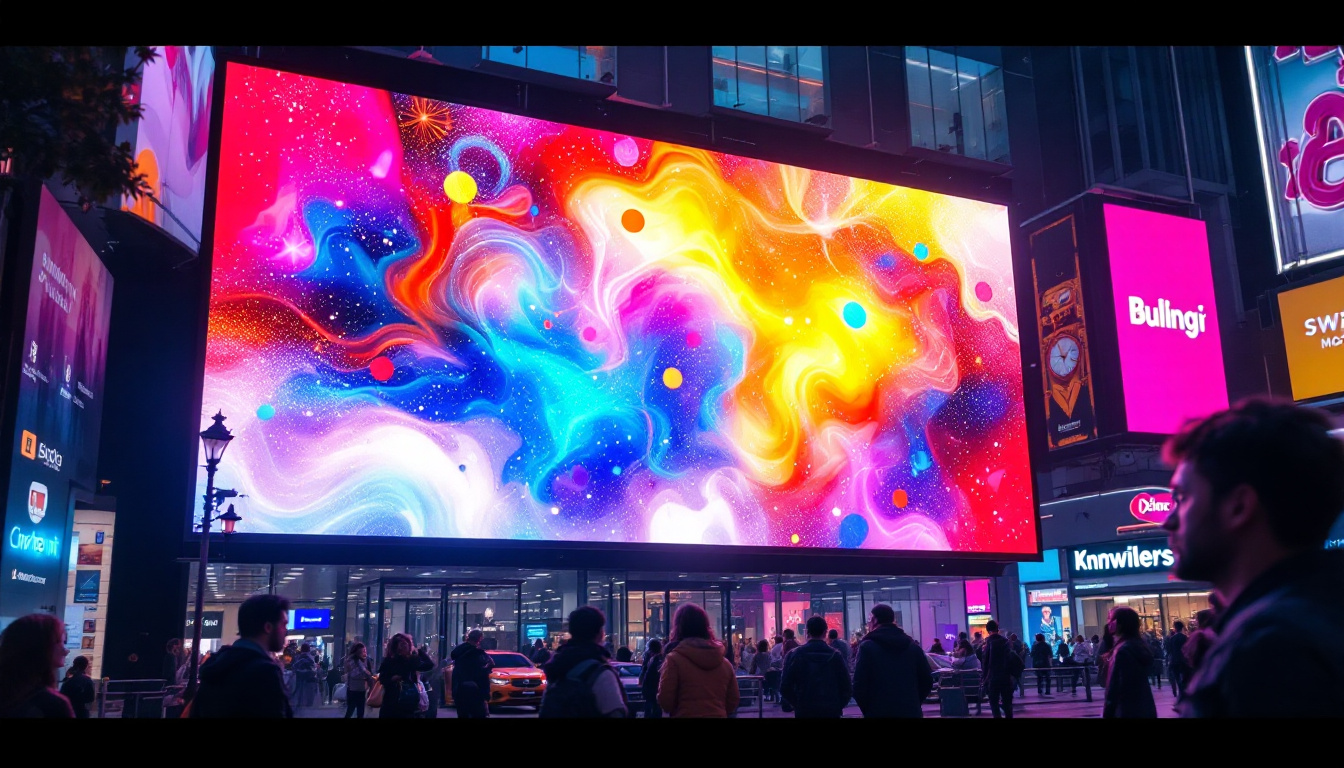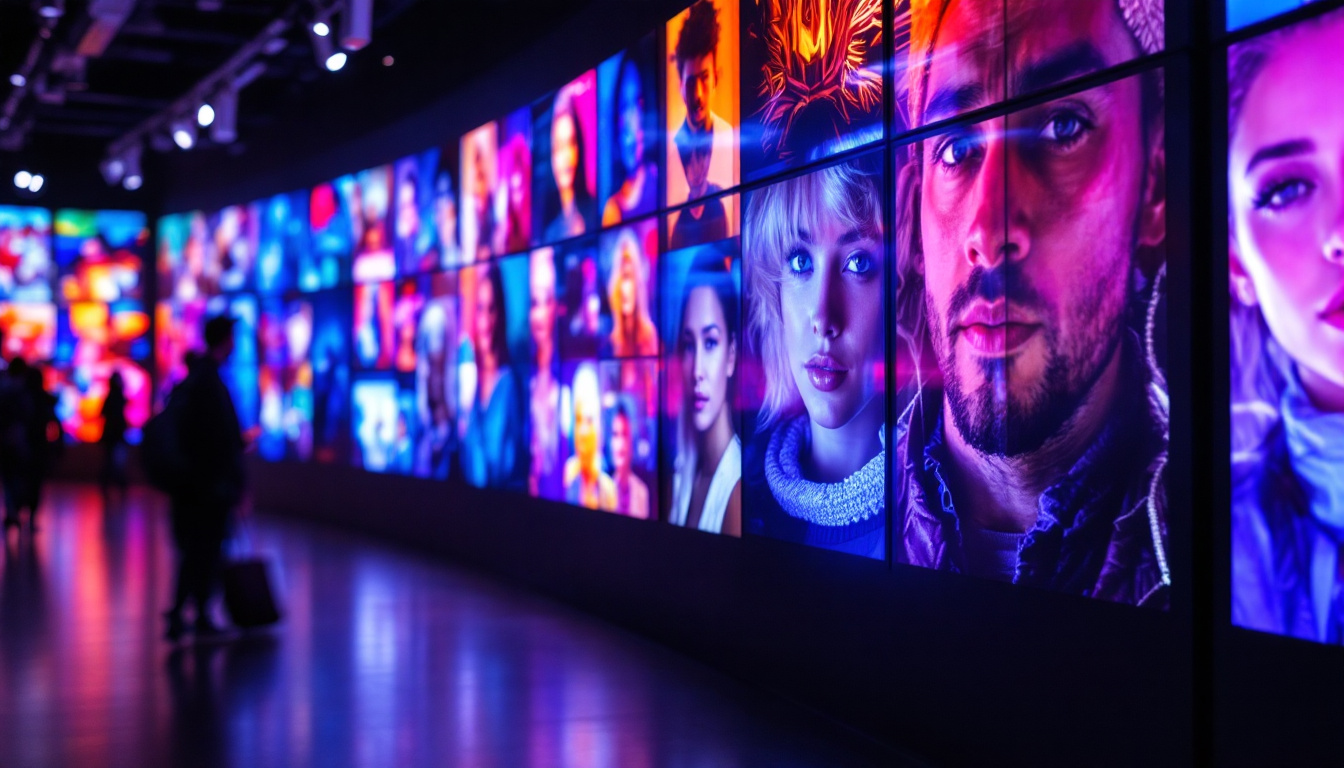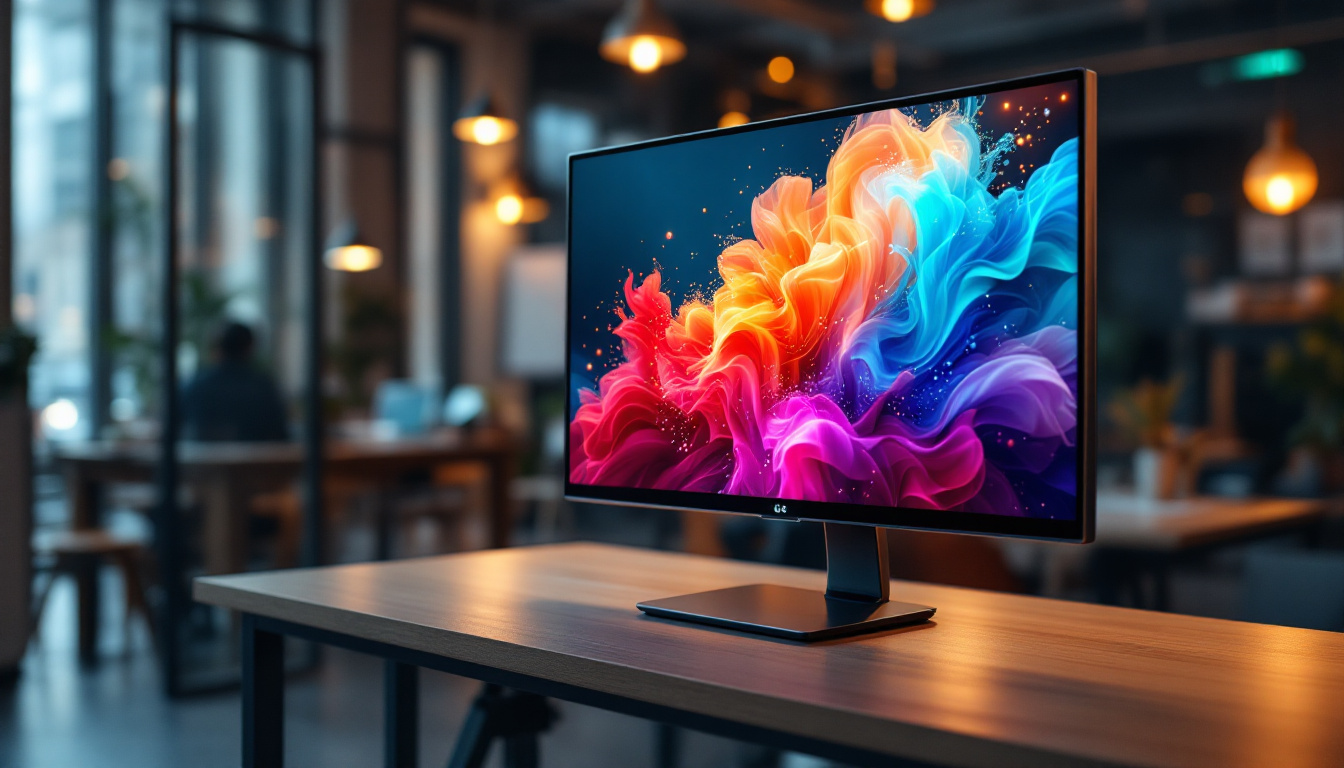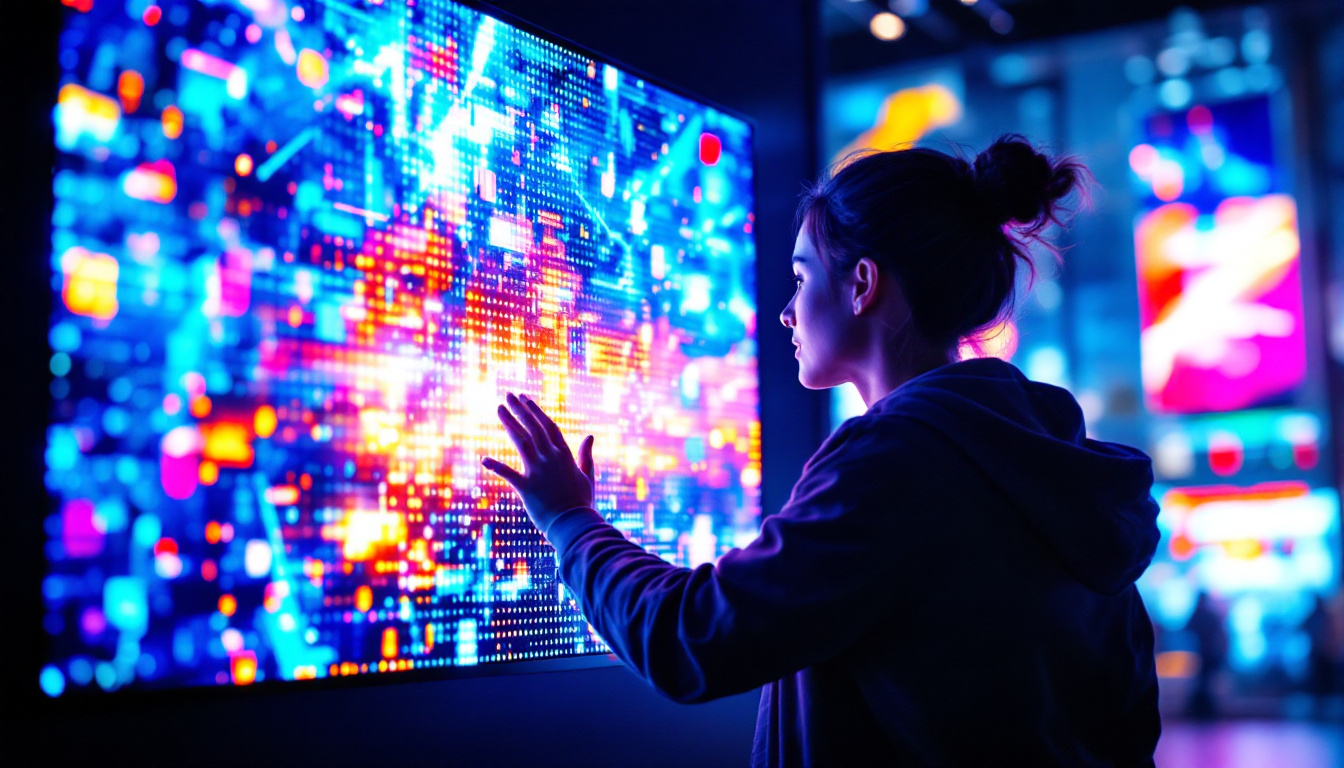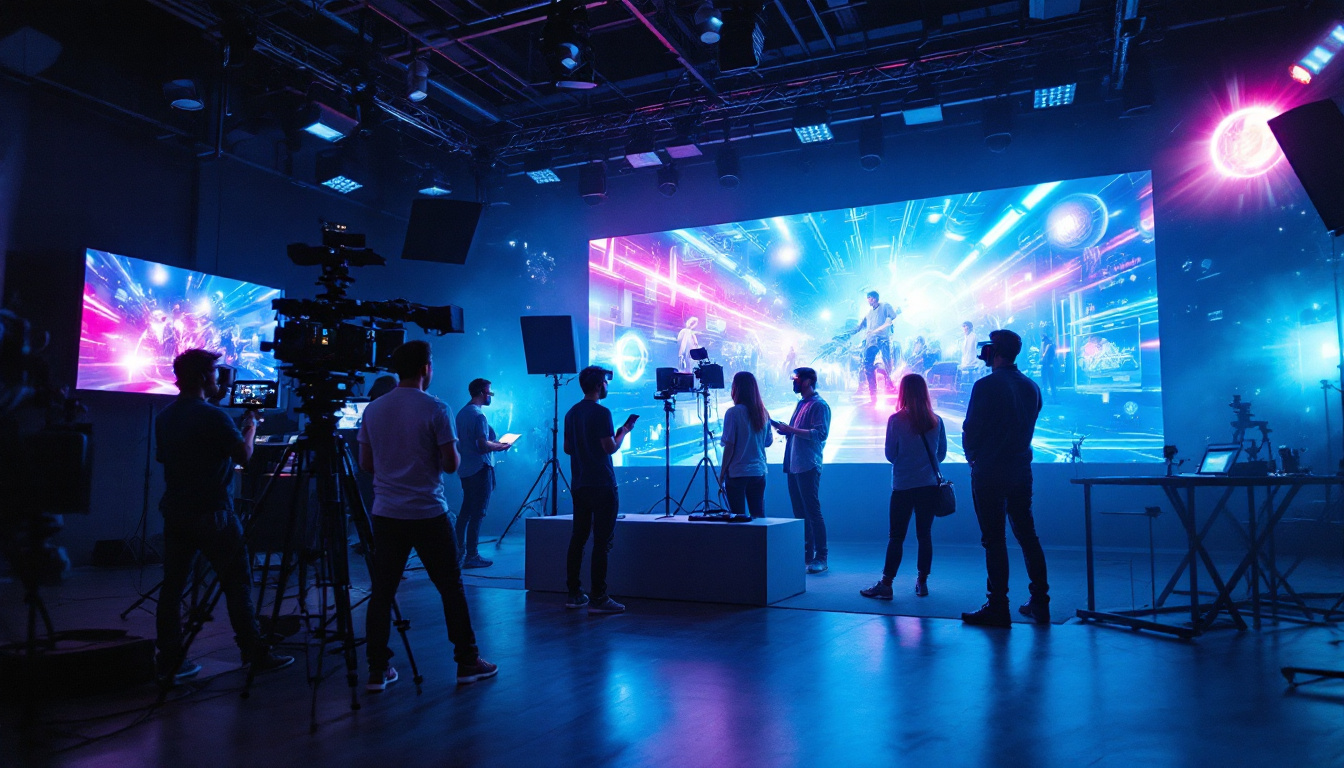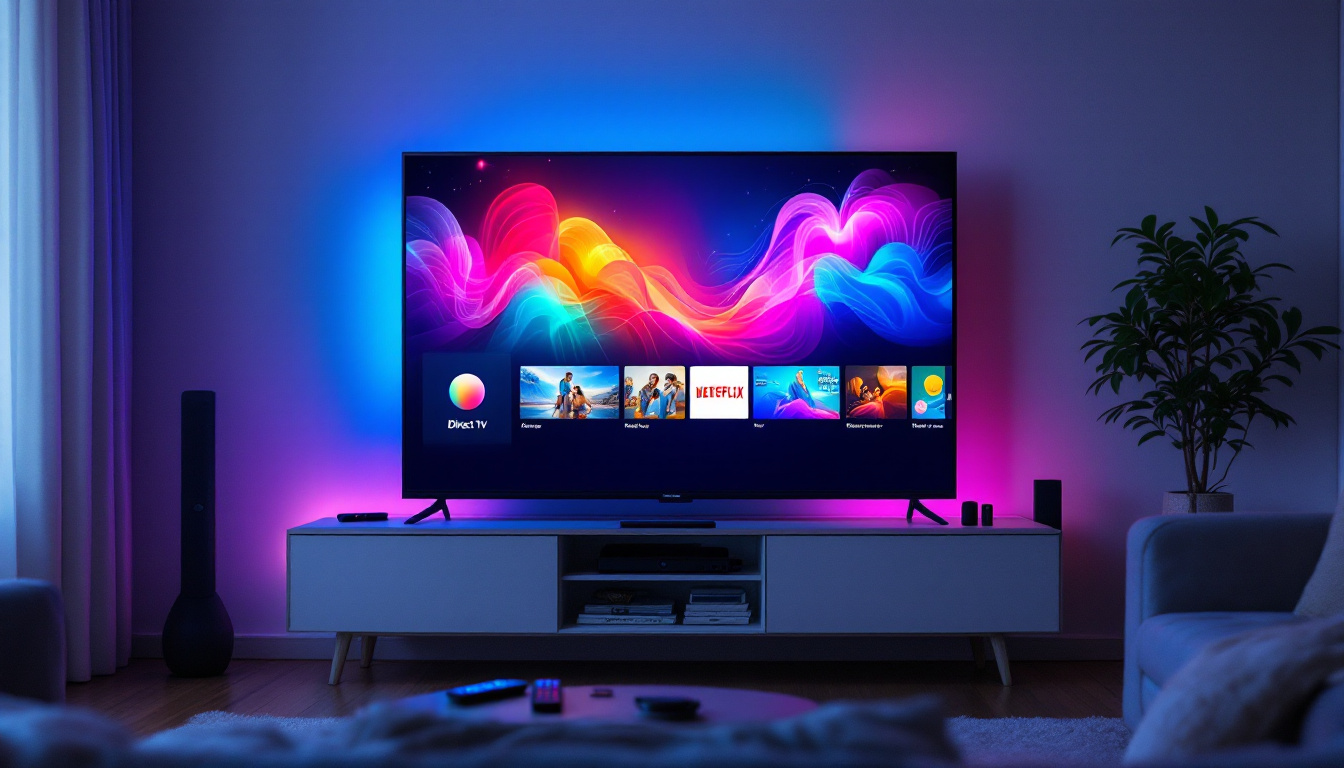In recent years, LED displays have transformed the way information is presented across various platforms. From televisions to digital billboards, the technology behind LED displays has become a staple in modern visual communication. This article delves into the intricacies of LED displays, their advantages, applications, and the technology that powers them.
Understanding LED Technology
LED, or Light Emitting Diode, is a semiconductor device that emits light when an electric current passes through it. This technology has evolved significantly since its inception, leading to the development of vibrant and efficient displays used in various applications. The transition from traditional incandescent bulbs to LEDs has not only revolutionized lighting but has also paved the way for innovations in display technology, energy efficiency, and sustainability.
The Basics of LED Functionality
At its core, an LED is made from a material called a semiconductor. When electricity flows through this material, electrons recombine with holes, releasing energy in the form of photons, which is visible light. This process is known as electroluminescence. The color of the light emitted depends on the materials used in the semiconductor. For instance, using different semiconductor materials can yield different wavelengths of light, resulting in a spectrum of colors that can be harnessed for various applications.
LEDs can be combined to create larger displays. By arranging thousands of these tiny diodes into a grid, manufacturers can produce screens that display images and videos with remarkable clarity and brightness. This modularity allows for flexibility in designing screens of various sizes and shapes. Additionally, the compact nature of LEDs enables the creation of ultra-thin displays, which are increasingly popular in modern consumer electronics, providing sleek aesthetics without compromising on performance.
Types of LED Displays
There are several types of LED displays, each suited for different applications. The most common types include:
- Direct View LED Displays: These displays are made up of individual LEDs that form the entire screen. They are often used in large outdoor advertising and stadiums due to their high brightness and visibility from great distances. Their durability and ability to withstand harsh weather conditions make them ideal for outdoor environments.
- LED Backlit Displays: These screens use LEDs as a backlight for LCD panels. This technology enhances color accuracy and contrast, making it popular in televisions and computer monitors. The use of local dimming techniques in LED backlit displays further improves the viewing experience by allowing for deeper blacks and brighter whites.
- Organic LED (OLED) Displays: A newer technology, OLED displays use organic compounds to emit light. They offer superior color reproduction and contrast ratios, making them ideal for high-end televisions and mobile devices. The flexibility of OLED technology also allows for curved and foldable screens, opening up new possibilities in design and functionality.
In addition to these types, there are also specialized LED displays such as Mini-LED and Micro-LED technologies. Mini-LEDs utilize smaller diodes for backlighting, enabling finer control over brightness and contrast, which enhances the overall picture quality. Micro-LEDs, on the other hand, are even smaller and can be used to create self-emissive displays similar to OLEDs but with improved longevity and brightness. These advancements are pushing the boundaries of display technology, providing consumers with richer visual experiences and greater energy efficiency.
Advantages of LED Displays
LED displays offer numerous benefits that make them a preferred choice for various applications. Their advantages range from energy efficiency to superior image quality.
Energy Efficiency
One of the most significant advantages of LED technology is its energy efficiency. Compared to traditional display technologies like incandescent or fluorescent lighting, LEDs consume significantly less power. This not only reduces electricity costs but also minimizes environmental impact, making LEDs a more sustainable choice. Furthermore, the reduced heat output of LED displays means that they require less energy for cooling, further enhancing their efficiency in both residential and commercial settings.
Brightness and Clarity
LED displays are known for their high brightness levels, which make them suitable for both indoor and outdoor environments. Their ability to produce vibrant colors and sharp images ensures that content remains clear and engaging, even in direct sunlight. This characteristic is particularly beneficial for advertising displays and public information screens. In addition, the wide viewing angles of LED technology allow audiences to enjoy consistent image quality from various positions, making them ideal for large venues, such as stadiums and arenas, where visibility is crucial for audience engagement.
Longevity and Durability
LEDs have a long lifespan, often lasting up to 100,000 hours or more. This durability translates to lower maintenance costs and less frequent replacements. Additionally, LED displays are resistant to shock and vibration, making them ideal for dynamic environments like concert stages or sporting events. Their robust nature also means they can withstand harsh weather conditions, including rain and extreme temperatures, which is essential for outdoor installations. This resilience not only ensures consistent performance over time but also contributes to the overall reliability of the display, making it a smart investment for businesses and organizations.
Versatility in Applications
Another noteworthy advantage of LED displays is their versatility. They can be utilized in a wide range of applications, from digital signage and billboards to television screens and computer monitors. This adaptability allows businesses to customize their displays based on specific needs and environments. For instance, indoor LED displays can be designed with finer pixel pitches for high-resolution images, while outdoor displays can be engineered to be more robust and weather-resistant. This flexibility makes LED technology an excellent choice for various sectors, including retail, entertainment, transportation, and education, where dynamic visual communication is essential.
Environmental Impact
In addition to their energy efficiency, LED displays are also more environmentally friendly than their traditional counterparts. They do not contain harmful substances like mercury, which is often found in fluorescent lights, and they are fully recyclable. This commitment to sustainability is increasingly important as businesses and consumers alike become more conscious of their ecological footprint. By choosing LED technology, organizations can not only lower their operational costs but also contribute positively to environmental conservation efforts, aligning their practices with a greener future.
Applications of LED Displays
The versatility of LED displays allows them to be utilized in a wide range of applications. From entertainment to information dissemination, their uses are virtually limitless.
Advertising and Marketing
One of the most prominent uses of LED displays is in advertising. Digital billboards and storefront displays leverage the brightness and vibrancy of LEDs to attract attention and convey messages effectively. The ability to change content quickly and remotely allows advertisers to tailor their messages to specific audiences and times, maximizing impact.
Entertainment and Events
In the entertainment industry, LED displays have become a cornerstone of stage design. Concerts, festivals, and theatrical performances utilize large LED screens to enhance the visual experience for audiences. The dynamic nature of LED technology allows for stunning visuals that can be synchronized with music and performances, creating an immersive experience.
Public Information Systems
LED displays are increasingly being used in public information systems, such as transportation signage and emergency alerts. Their visibility and clarity ensure that critical information is communicated effectively, helping to keep the public informed in real-time. From train schedules to weather updates, LED displays play a vital role in modern communication infrastructure.
Choosing the Right LED Display
When selecting an LED display, several factors should be considered to ensure the right choice for specific needs. Understanding these factors can help in making an informed decision.
Resolution and Pixel Pitch
Resolution refers to the number of pixels that make up the display. A higher resolution means more detail and clarity in the images displayed. Pixel pitch, the distance between the center of one pixel to the center of the adjacent pixel, is another critical factor. A smaller pixel pitch results in a higher resolution and is ideal for close viewing distances, while a larger pixel pitch is suitable for larger, outdoor displays viewed from a distance.
Brightness Levels
Brightness is measured in nits, and the required brightness level depends on the environment where the display will be used. Outdoor displays typically require higher brightness levels to remain visible in direct sunlight, while indoor displays can function effectively at lower brightness levels. Understanding the environment is crucial for selecting the appropriate brightness level.
Installation and Maintenance
Installation requirements can vary based on the type of LED display and its intended use. Some displays may require specialized mounting solutions or structural support, especially larger outdoor models. Additionally, consider the maintenance needs of the display. While LEDs are generally low-maintenance, access for repairs or cleaning should be factored into the installation process.
The Future of LED Displays
The future of LED technology looks promising, with ongoing advancements that continue to push the boundaries of what is possible. Innovations in design, efficiency, and functionality are set to enhance the capabilities of LED displays even further.
Advancements in Technology
As technology evolves, so do the capabilities of LED displays. Innovations such as microLED technology are paving the way for even smaller, more efficient displays that can be used in a variety of applications, from wearable devices to massive video walls. These advancements promise to deliver even higher resolutions, better color accuracy, and improved energy efficiency.
Integration with Smart Technologies
The integration of LED displays with smart technologies is another exciting development. With the rise of the Internet of Things (IoT), LED displays can now be connected to networks, allowing for real-time data updates and interactive features. This connectivity opens up new possibilities for advertising, information dissemination, and user engagement.
Sustainability Initiatives
As the world becomes increasingly focused on sustainability, LED technology is also evolving to meet these demands. Manufacturers are exploring ways to reduce the environmental impact of production and disposal, such as using recyclable materials and developing energy-efficient manufacturing processes. This shift towards sustainability is not only beneficial for the environment but also enhances the appeal of LED displays to eco-conscious consumers.
Conclusion
LED displays have revolutionized the way information is shared and experienced. Their energy efficiency, brightness, and versatility make them an ideal choice for a wide range of applications, from advertising to public information systems. As technology continues to advance, the future of LED displays looks bright, promising even more innovative solutions for visual communication. Understanding the intricacies of LED technology can help individuals and businesses make informed decisions, ensuring they harness the full potential of this remarkable display technology.
Discover LumenMatrix’s Innovative LED Solutions
As you consider the future of LED displays and the transformative impact they have on visual communication, LumenMatrix stands at the forefront of this evolution. Our commitment to innovation is reflected in our diverse range of LED display modules, designed to meet the dynamic needs of any application. Whether you’re looking to enhance brand visibility with an Indoor LED Wall Display, captivate passersby with an Outdoor LED Wall Display, or create an immersive experience with a Custom LED Display, LumenMatrix has the solution. We invite you to check out LumenMatrix LED Display Solutions and join us in revolutionizing the way messages are conveyed with clarity and impact.

